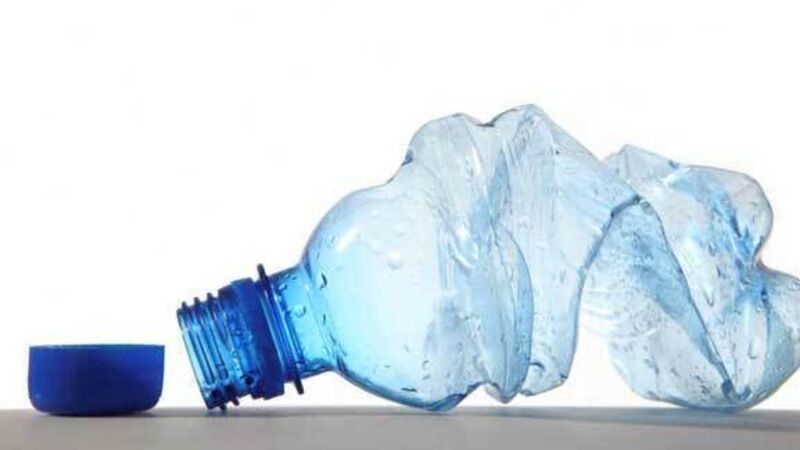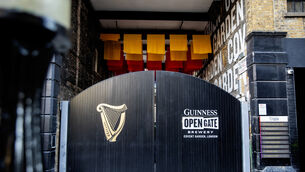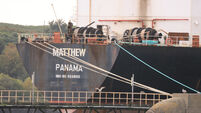Bottled water set to overtake carbonated drinks in US sales

The biggest US bottled-water companies — Nestle Waters, Coca-Cola, PepsiCo and Dr Pepper-Snapple Group — say Americans have switched from carbonated beverages because their products are calorie-free and as portable as a can of Mountain Dew.
But the expectation that future sales will rise has to do with another, less happy reason: crumbling infrastructure.
Lead contamination in Flint, Michigan, Washington DC and Newark, New Jersey, has focused attention on America’s decaying pipes.
At least $384bn of improvements are needed to maintain and replace essential parts of the country’s water infrastructure through 2030, according to the US Environmental Protection Agency.
The Waterkeeper Alliance, an environmental watchdog, estimates that about $1.4bn is being spent annually, meaning the country should be all caught up by the year 2290.
“Concerns in places like Flint do bring bottled water to people’s attention as a safe and sealed source of drinking water,” said Jane Lazgin, a spokeswoman for Nestle Waters North America, the largest bottled-water maker.
The source of Nestle’s Poland Spring brand is in Maine, while its Pure Life brand is filtered municipal water.
Bottled water, of course, is vastly more costly than tap water and, many contend, far tougher on the environment.
It’s about 2,000 times more expensive than tap on average, according to Peter Gleick, president emeritus and chief scientist at the Pacific Institute.
And it takes a lot of water to manufacture the bottle: triple the amount that’s inside, according to data from the Pacific Institute.
Moreover, only 30% of the plastic bottles are recycled. But if there are concerns about bottled water, misgivings about soda are greater.
Per capita consumption of carbonated soft drinks reached a 30-year low. Americans will each drink 124.5 litres of bottled water this year, 5.5 litres more than soda.












